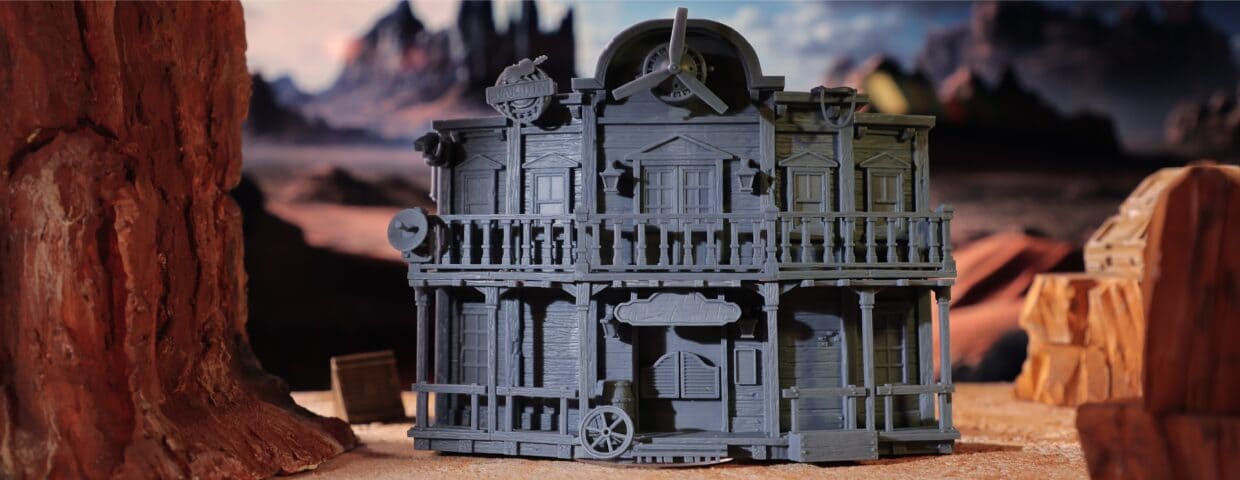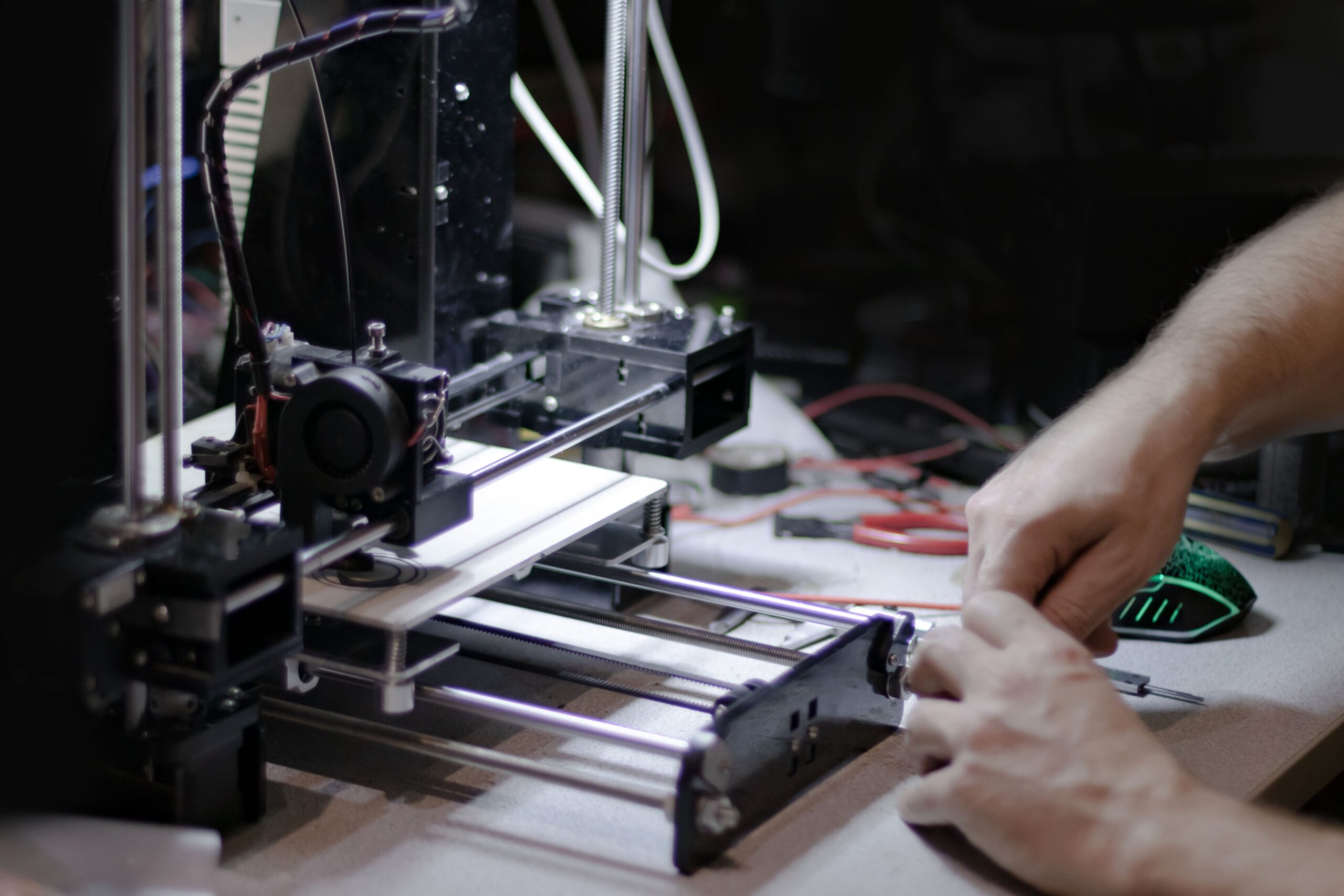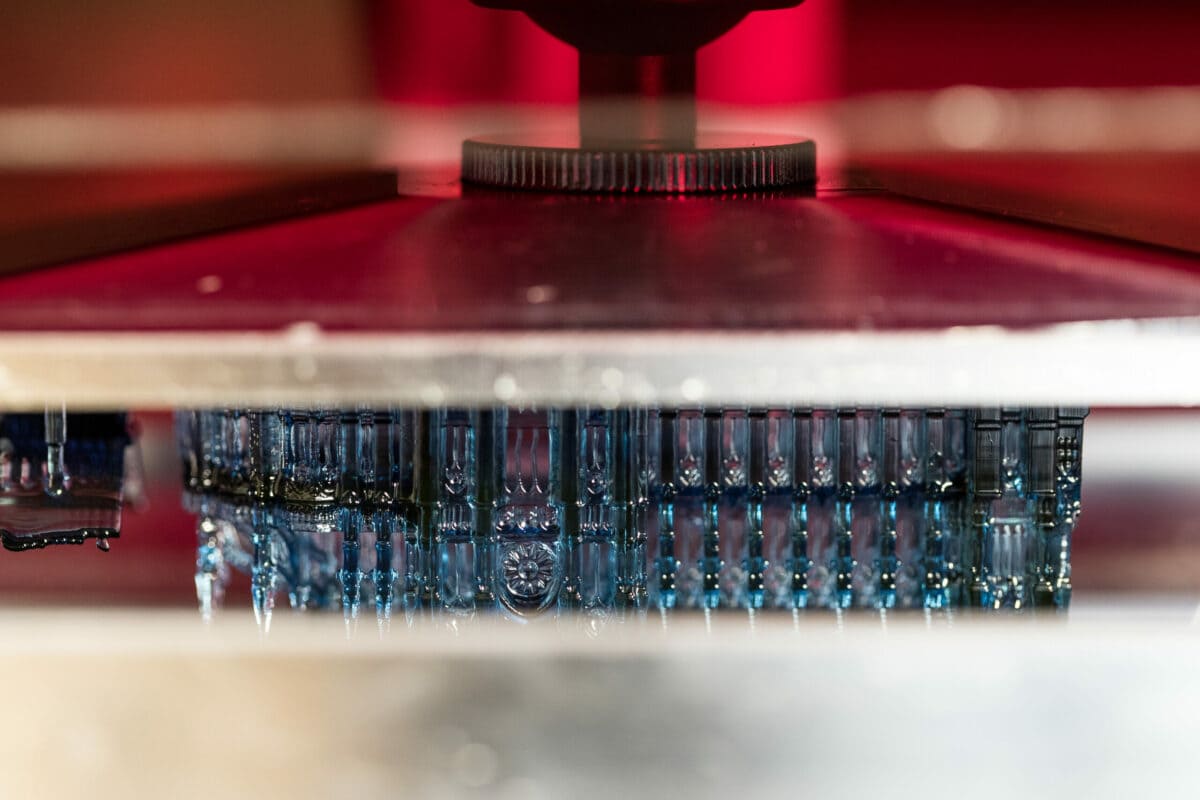Protecting Your Pets From Toxic 3D Printing Resin
Finding the Best Way to 3D Print and Still Keep Your Little Ones Safe

You’re here to ensure the safety of your pets, whether it’s your kitty, puppy, chinchilla, parrot, you name it. But if you don’t own a 3D printer yet, you can read this other post first. Think about…uhhh…Max. Or Luna. You know, the $4.000 pure-bred whose lineage can be traced back through the Industrial Revolutions, to the grudge of some countries (if a whiff of processed meat is found in their meal, they refuse to eat). Or Queen Zorya Utrennyaya, First of its Name, Seer of Foreign Entities Inside the Walls, the cat you found in a dumpster one day going back home (you may have caught her eating what you took for vomit, once).
Regardless, it’s not a new thing that 3D printer resins are hazardous and require special care whenever handling and disposing, be it the raw material or uncured, unprocessed 3D prints. A lot of readings of safety procedures should be done before purchasing and setting up your printer. But, alas, pets don’t usually care about that. Unfortunately, resins don’t care that pets don’t care about their potential risk. So you, dear reader, have to do the job of two to ensure their safety. It’s not as hard as it seems. Hopefully, this article will guide you on this task.
Keep Them Out of Harm’s Reach
The gist of keeping your pets safe is the same as keeping yourself safe. Don’t touch uncured resin, especially with mucous parts (eyes, mouth, nose, etc.). Avoid inhaling resin fumes. Make sure your pet stays away from those either. For dogs, it could be as simple as keeping all your 3D equipment on a countertop. For cats or birds, who scorn at our vertical limitations, you can keep aforementioned things in a separate room, cabinet or closet, as long as these get some proper ventilation. Proper, as in, air renovation throughout the day (like in a garage or shed) or with active ventilation. The latter would require an in-line fan, carbon filters, an aluminum duct and… Say, 20 minutes of cursing to cram everything in its place. Same applies to your alcohol container and gloves (NOT LATEX ONES), respirators and goggles. Store them in a box or drawer.
For more information, there’s a video from Rusty Raptor Prop Shop on YouTube that helps with the ventilation set up. It also uses 3D printed parts for a better fit, suddenly making the purchase of this machine necessary – huzzah!
After it’s done, you can store and organize your models, because, after all, your collection also needs to be kept safe from your pet, if you know what I mean.
Streamline Your Post-processing
As a way to keep the contact with this toxin resin as minimal as possible, it’s smart to keep all of your 3D printing equipment as close by. With that, you can make sure almost no time for some accident or undesired contact happens. If you have a bucket of alcohol in one cabinet and the printer across the room, you risk dripping resin (or contaminated alcohol) onto the floor, rugs, clothes or skin. That’s a no-no.
First the process: washing, then curing. The finished pieces must pass through these steps, in order, and with diligence. Let’s borrow from industrial standards (or at least from other people who do this frequently) to optimize the processing of resin 3D prints. Your printer setup must be close to the post-processing station (couple of feet away at most). Leave no obstacles between them, to avoid tripping and bumping. All components used for handling prints have to be kept at hand or easy to reach. And that is before you take your prints off their platform. It helps to cover the work surface in a plastic sheet that could be easily set under the sun and discarded if you get any spills.
When that part is done, they must be taken out of the printing bed (getting an extra rubber or silicone mat also helps here) to their cleaning bath (to do some light scrubbing with a brush) and then to their curing space. After that you just have to clean your printer bed, put away gloves, pliers, tongs, respirator, etc. and you’re done!
Your Work Station
As for the actual, physical configuration of that area, much can be learned from other people. This video from I Like to Make Stuff shows how a station like the one mentioned (with extra storage) is built with scrap pieces of wood in an afternoon. Skip to 9:20 and you’ll see how the whole piece functions well. And plus, without the need for him to even move when dealing with 3D prints.
It doesn’t even have to contain some of the fancy solutions from the video. A mere proximity guarantees minimal chances of accidents. Google “resin 3D printer setup” or “resin 3D printer station” to get more ideas. They usually range from simple desks and racks that hold a lone printer to cabinets, closets and rooms, with dozens of coordinated machines.

Find Less Harmful, Yet Imperfect Materials – If You Can Afford It
Honestly, it rarely will be worth it. There is no truly 100% safe uncured 3D printed resin – the best alternative would be a dental resin. These cost several times regular ones yet can still provide harm for you and pets. For the price, you’re better off getting that fan, casing, buckets, duct, etc. If, even then, you wish to get that extra margin of safety for before and after use and money is not an issue, using these resins gives some level of food, child or pet-safety for processed parts. I’d still not recommend it for bowls, plates, cutlery and the sort.
It’s Not That Bad. Really.
I still haven’t met a person who claims that 3D printing is for everyone. I don’t even think you could argue with a straight face that setting up and printing your own miniatures is as simple as using a microwave. Yet, if you’re using a microwave, some procedures are a given. Don’t turn it on with anything metallic inside it. Watch out for plastic containers that can melt during the heating process. Extra care should be taken whenever reheating meats and eggs. If you drive or ride, the precautions and warnings can easily fill up a booklet (oh, wait, they DO fill one up).
Although not as perilous as driving a car or handling something over an open flame, 3D printing with resin is something to be taken heed of. In practice, it demands some extra setting up and, say, 10 minutes of active work in post-processing per printing cycle. Gloves, mask, respirator and apron on, remove print from bed and dump it into alcohol solution. While it soaks a bit, wash and scrub your bed and resin container.
Focus on your recent print, some light scrubbing here, then into the UV chamber (or the sun). Rotate it a little to get even curing and it’s done. Take your accessories off, store them, close the lid of alcohol, printer and curing chambers. Let your washing bucket bask for a couple of hours under the sunlight every once in a while to cure the small pieces of resin that have been washed away. With that, all your equipment is ready for another go.
Final Thoughts
Well, considering this regards your safety or the safety of your loved little ones, it’s not too much in exchange for some great miniatures. Over time, these precautions become a natural part of dealing with the 3D printer. And it’ll feel odd not to do them. A thankless job, you might think. But seeing your senior pet bustling with vitality is enough of a gratification for discipline applied over hundreds of prints. I am fortunate to have this here. Though it’s not a matter of age, one of my kitties is 12, almost overweight and as bitter as she can get. She’s still my kitty. Always will be. I make sure to let her know that on the daily, which may or may not contribute to her bitterness.
Last, but not least, you can read this other post about some cool props you could be printing right now.
Loot Studios can help you paint highly detailed minis, statues, and props. Choose your favorite bundle from our previous releases or sign up for Fantasy or Sci-Fi to receive a new bundle every month. You can also check out some tips on our YouTube Channel.




